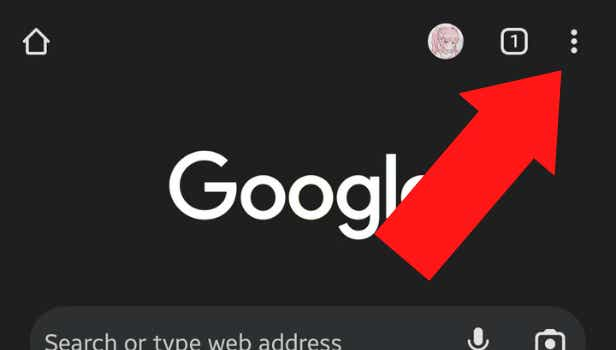

Add percussion to your composition if desired.Use tempo setting range120 to 80 bpm to ensure the class can play along.Use any notes you would like, but please limit repeated notes because it is challenging to play on Boomwhackers™.Use only notes in the C scale (maximum 16 measures long).
#Google chrome music lab how to#
The teacher will need to instruct students on how to change measure length, octave number, beat divisions, tempo, percussion options, and share composition links in Chrome Music Lab. Students compose a short melody using the following guidelines:

This lesson combines composing and performing. It can be done with students not changing Boomwhackers™ (especially during the pandemic time). This lesson works for virtual and in-person learners because they can play the virtual xylophone at instead of the Boomwhackers™. After all, submitting the songs, we will take turns playing each other’s pieces using Boomwhackers™. Students compose a short piece in the key of C and send it to me via email.
#Google chrome music lab software#
Use Boomwhackers™ and Chrome Music Lab composition software to teach fun and easy lesson in technology! Once students have had experience playing Boomwhackers™, introduce them to the Google Chrome Song Maker software.

A few experiments also let you use the microphone input in Chrome through WebRTC. In Chrome Music Lab, we’re using Web Audio to create interactive drum machines, pianos, synthesizers, and more. The experiments all use the Web Audio API, an open web standard that lets you create and manipulate sound right in the browser. It’s called Chrome Music Lab, and you can check it out at g.co/musiclab. We built a set of experiments that let anyone explore how music works.

This year, for Music in Our Schools Month, we wanted to help make learning about music a bit more accessible to everyone by using technology that’s open to everyone: the web. Posted by Alex Chen, Coder and Designer, Google Creative Lab


 0 kommentar(er)
0 kommentar(er)
